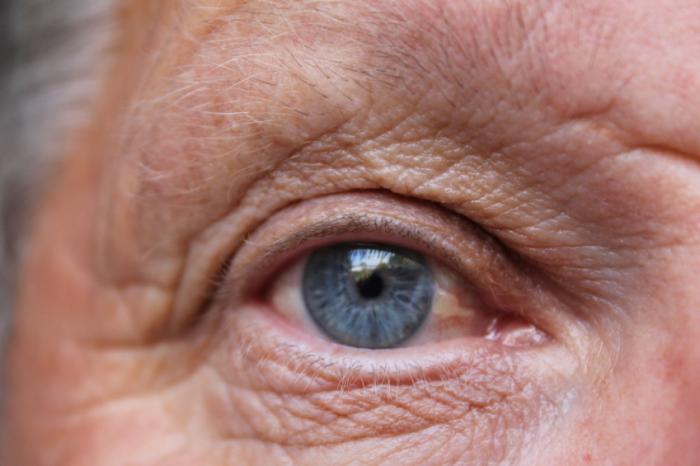There are currently no treatments that slow the progress of age-related macular
degeneration – a major cause of vision loss in seniors resulting from a deterioration
of the center of the retina. But now, a new experimental treatment successfully tested in
rats promises to change this.

There are currently no treatments that slow the progress of AMD – a major cause of vision loss in seniors.
In the journal Stem Cells, biomedical researchers from the Cedars-Sinai
Medical Center in Los Angeles, CA, describe how a single injection of adult-derived human
stem cells led to a significant slowing of vision loss in rats with AMD.
Lead author Dr. Shaomei Wang, a research scientist in the Eye Program at the Cedars-Sinai Board of Governors Regenerative Medicine Institute, says theirs is the first study
to show preservation of vision in AMD after such a treatment.
AMD occurs due to deterioration of the macula – the central part of the retina, a thin
layer of nerve-rich tissue at the back of the eye that senses light and allows us to see.
People with AMD gradually lose central vision.
According to the Centers for Disease Control and Prevention (CDC), around 1.8 million
Americans aged 40 years and older are affected by AMD and this figure is set to reach
2.95 million in 2020.
Single injection of stem cells led to equivalent of 16 years of preserved vision
Fast facts about AMD
- There are two forms of AMD – wet and dry
- Dry AMD is more common and progresses more slowly
- AMD is the leading cause of inability to see well enough to read or look at fine or
close-up detail among people aged 65 years and older.
Learn more about AMD
For their study, the team first converted adult human skin cells into induced
pluripotent stem cells (iPSCs) and then used those to derive induced neural progenitor
stem cells (iNPSCs).
In other words, they coaxed mature cells from human skin to regress to an earlier,
undifferentiated state from which they could then be reprogrammed to become a type of
cell that can then mature into a number of different types of nerve cell.
When the researchers injected the iNPSCs into animal models with AMD, they found healthy
cells traveled to the retina and formed a protective layer around it that stopped the
retinal cells responsible for vision from deteriorating further.
The authors note that a single injection of iNPSCs resulted in 130 days of preserved vision
in the AMD rats. This is equivalent to about 16 years in humans.
Co-author Dr. Clive Svendsen, director of the Board of Governors Regenerative Medicine
Institute at Cedars-Sinai, says the iNPSCs should have a significant effect on slowing
the vision loss of AMD in human patients and expresses optimism about the study
findings:
“Though additional preclinical data is needed, our institute is close to
a time when we can offer adult stem cells as a promising source for personalized
therapies for this and other human diseases.”
The team now plans to run preclinical animal studies to test the efficacy and safety
of the stem cell injection in order to apply for an investigational new drug. After that,
they hope to set up trials to test whether the treatment might benefit patients with
later stage AMD.
Support for the study came from the Simon and Beatrice Apple Stem Cell Fund for Eye
Research, the David and Janet Polak Foundation Stem Cell Core Laboratory, the National
Institutes of Health, the Department of Defense, the Foundation Fighting Blindness and
the Knights Templar Eye Foundation Inc.
Meanwhile, in February 2015, Medical News Today learned how an innovation
that combines a telescopic contact lens with “smart” glasses that look
like normal eyewear looks set to be a great help to people with AMD and other serious
vision problems.